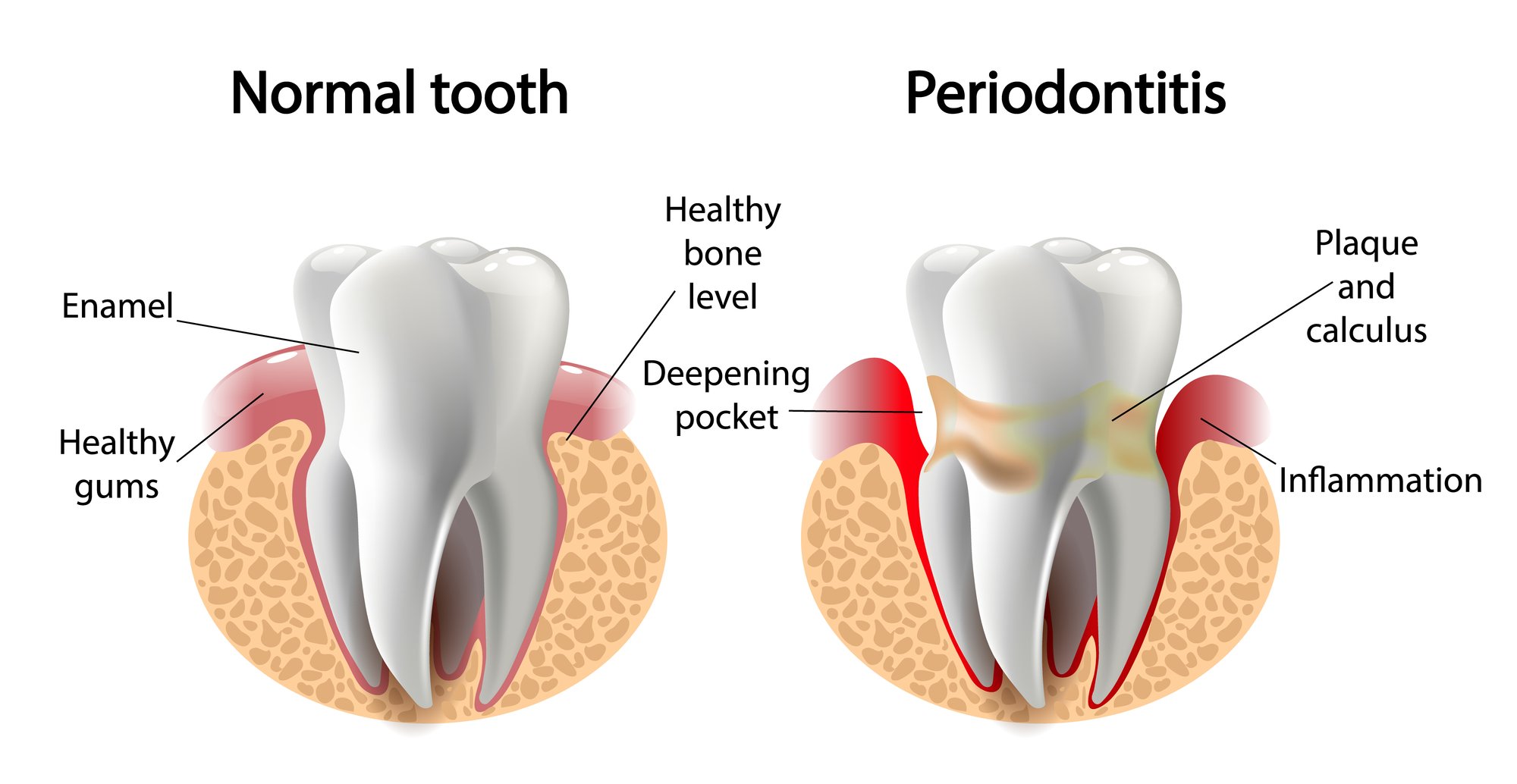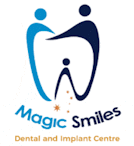
The term “periodontitis” refers to the second stage of gum disease, following gingivitis. This serious gum infection can wreak havoc on your oral health. Fortunately, gingivitis can be reversed with a regular dental clean and improved oral hygiene at home. Can periodontitis be reversed with dental cleans as well? In short, the answer is no. However, the condition can be treated and maintained with periodontal therapies.
Here, our team at Magic Smiles – serving Woolgoolga and Coffs Harbour – explores the topic of periodontitis and offers some recommendations for oral health maintenance. Read on to learn more.
The Stages of Gum Disease
There are really only three stages of gum disease: gingivitis, periodontitis, and advanced periodontitis. Gingivitis is characterised by red, swollen, or bleeding gums. Even though the gums are inflamed at this stage, the infection has not yet affected the supporting bone.
Left untreated, however, gingivitis progresses into periodontitis. At this stage, the infection travels beneath the gum tissue and starts eroding the jawbone. This results in periodontal pockets around the teeth. Plaque, food, and bacteria become trapped in these pockets, perpetuating a harmful cycle. Unfortunately, a dental clean will not be sufficient to remove bacteria in these hard-to-reach areas. More advanced therapies are necessary to properly treat periodontitis.
Treating Periodontitis
Once gum disease has progressed to periodontitis, there is no cure. Fortunately, however, the disease can be successfully maintained.
There are several treatments available that can successfully halt the progression of periodontal disease. The solution that is recommended for you will depend on the severity of disease.
Scaling and Root Planing
Mild to moderate periodontitis can often be treated with scaling and root planing. This procedure is often called a deep dental clean because it reaches further beneath the gum line to sweep away harmful bacteria, plaque, and food deposits. Once the teeth have been cleaned, the teeth roots are then smoothed to deter further irritants from reattaching. Your dentist or hygienist numbs your gums prior to treatment so you can remain comfortable during your visit.
Laser Periodontal Therapy
If the disease is more advanced, you may require laser treatment. Soft tissue diode lasers target infected tissue while keeping healthy tissue intact. Because the laser cauterises tissue, it helps seal periodontal pockets and reduce the risk of reinfection.
Traditional Gum Surgery
Advanced periodontitis requires traditional gum surgery. During this procedure, your dentist makes incisions and moves the gums back away from the teeth. This allows proper visualisation of the supporting bone. Next, the infection is cleaned out. In many instances, areas of the bone ridge must also be recontoured to prevent further plaque buildup. Your dentist may also perform bone grafting to replenish lost bone tissue and fill in periodontal pockets. Finally, the gums are repositioned and sutured.
How do I maintain healthy gums after treatment?
Once you have undergone periodontal therapy, it’s important to maintain gum health through routine dental cleans. Your dentist will determine a schedule that is right for you, though most patients who are prone to periodontitis benefit from cleans every three to four months.
Contact us for more information.
If you suspect you have gingivitis or periodontitis, schedule an appointment at Magic Smiles. Our doctors can design a treatment plan to eliminate infection and keep your teeth and gums healthy for many years to come. Contact us online. We have three convenient locations to serve you in Woolgoolga and Coffs Harbour.


